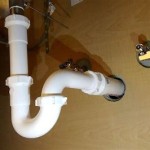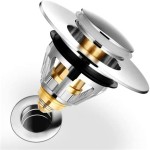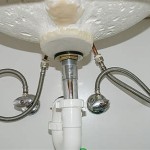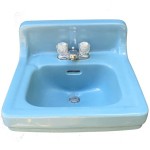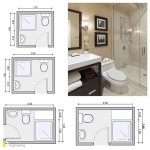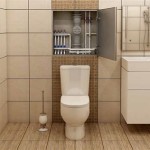Installing A Bathroom Heater: Essential Aspects
Installing a bathroom heater is significant for ensuring comfort and warmth, particularly during chilly seasons. Several crucial aspects need careful consideration for successful installation and efficient performance. This article delves into the essential aspects of installing a bathroom heater, providing guidance for informed decision-making and effective execution.1. Choosing the Right Type of Heater
The first step involves selecting an appropriate heater type that suits your specific needs and bathroom space. Common options include: -Electric:
Ideal for smaller bathrooms, these heaters offer quick heating and precise temperature control. -Hydronic:
Connected to a central heating system, these heaters provide consistent warmth over a larger area. -Gas:
Highly efficient and require professional installation, these heaters offer rapid heating and substantial cost savings.2. Determining Heater Size and Capacity
Next, determine the appropriate heater size and power output. This depends on the bathroom's cubic footage and insulation level. A larger or poorly insulated bathroom will require a more powerful heater to maintain a comfortable temperature.3. Selecting the Optimal Location
Position the heater strategically to maximize its heating efficiency. Avoid placing it near water sources, such as showers or sinks, for safety reasons. Consider mounting it high on a wall or installing it on the ceiling for better heat distribution.4. Electrical Wiring and Connections
Installing a bathroom heater requires proper electrical wiring and connections. Ensure that the circuit can handle the heater's electrical load and that all connections are made securely. For safety, it is recommended to hire a qualified electrician for these tasks.5. Plumbing Connections (Hydronic Heaters)
For hydronic heaters, connecting them to the central heating system involves: - Identifying the correct supply and return pipes - Using compression fittings or soldering to make secure connections - Flushing the system to remove any trapped air6. Gas Line Connections (Gas Heaters)
Gas heaters require a certified professional to connect them to the gas supply. This involves: - Installing a dedicated gas line - Testing the connection for leaks - Venting the heater properly for safety purposes7. Final Inspection and Safety Checks
Once the heater is installed, perform a final inspection to ensure all connections are secure and there are no visible defects. Test the heater by turning it on and verifying that it heats up efficiently. Additionally, check for any leaks or unusual noises during operation. By following these essential aspects and adhering to safety standards, you can effectively install a bathroom heater that enhances comfort and warmth in your space.Shower Water Heater Installation Troubleshoot
How To Install A Bathroom Heater Radeco
A New Water Heater Installed In Bathroom Installation Installing
Things To Note During Water Heater Installation Everyworks Singapore 1 Handyman Plumber Electrician Aircon Servicing
A New Water Heater Installed In Bathroom Installation Installing
Bathroom Heater Light Fan Installation Information Purchase Ie
Installing The Perfect Water Heater At Your Home Ideas By Mr Right
Should I Install A Bathroom Heater Fan Light Combo
Water Heater Installation Natchitoches La Axsom Air
5 Tips To Build Your Dream Bathroom Make It Stand Out Rheem
